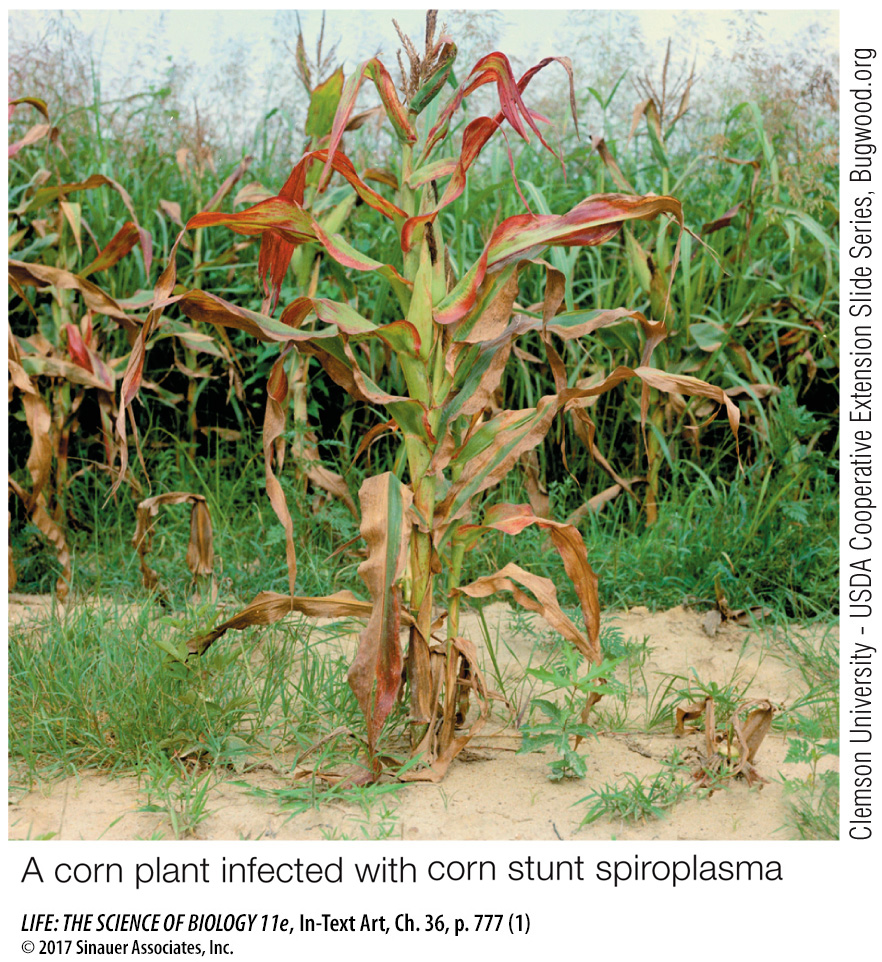recap
36.2 recap
Gibberellins are plant hormones that affect stem growth, fruit size, seed germination, and many other aspects of plant development; the effects vary from species to species. Auxin regulates cell expansion and thus mediates phototropism and gravitropism; it also plays roles in apical dominance, leaf abscission, fruit development, and root initiation. The acid growth hypothesis explains auxin-
learning outcomes
You should be able to:
Give evidence for the role of auxin in plant growth and development.
Give evidence for the role of gibberellins in various plant growth processes.
Compare polar and lateral transport of auxin, as they relate to the bending of shoots toward the light.
777
Question 1
What would the result be, in terms of the synthesis of hydrolytic enzymes, if germinating barley seeds were treated with an inhibitor of mRNA translation? What would the result be if the seeds were treated with an inhibitor of proteasome function? What would be the result if the two inhibitors were applied to coleoptiles treated with auxin?
An inhibitor of mRNA translation would block the gibberellin-
Question 2
Explain why, even though auxin moves away from the lighted side of a coleoptile tip, the coleoptile bends toward the light.
Cells away from the lighted side receive more auxin. Cell elongation on the shaded side is accelerated with the input of auxin, which causes bending toward the light.
Question 3
Corn stunt spiroplasma (a bacterium) causes a significant reduction in the growth rate of infected corn plants. Diseased plants take on a dwarfed form. Since their appearance is reminiscent of a genetically dwarfed corn, you suspect that the bacterium may inhibit the synthesis of gibberellins by corn plants. Describe two experiments you might conduct to test this hypothesis, only one of which requires chemical measurement.

To test for the relationship between corn stunt spiroplasma infection and suspected inhibition of gibberellins, you could compare measurements of gibberellins in plants infected with the bacterium and in normal plants. A reduction of gibberellins in the spiroplasma-
How can a single hormone, such as auxin or a gibberellin, have so many effects? As you have seen, a single signal transduction pathway may affect more than one gene. You will learn about other important plant hormones in the next section, and they too have multiple effects.